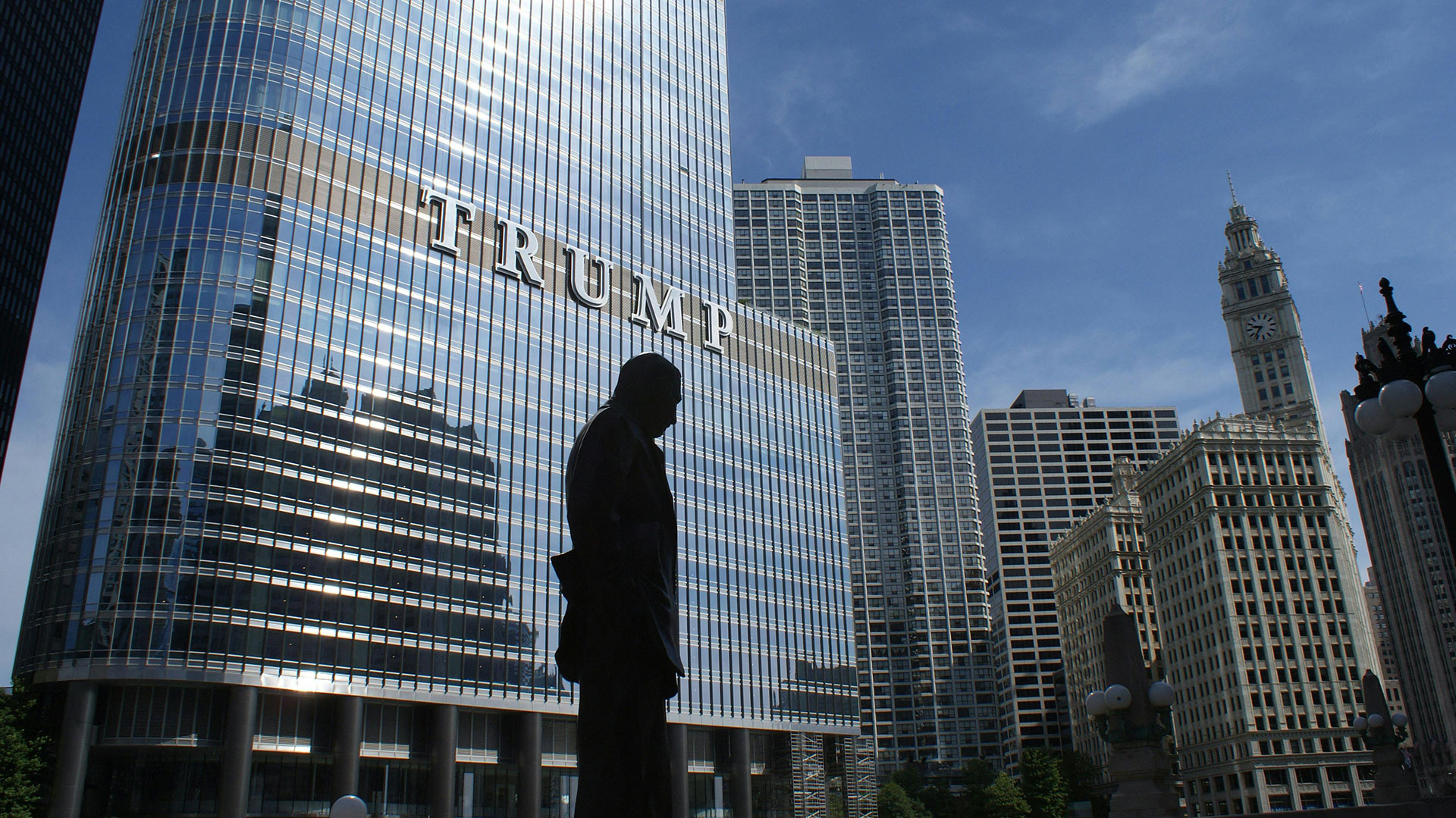Most entrepreneurs believe that building a long cash runway is a very beneficial business strategy. It provides a buffer against uncertainty since deeper cash reserves enable startups and companies to withstand sudden, unexpected events like economic downturns, supply chain disruptions, or changes in customer demand.
When cash is tight, companies spend significant time and effort courting investors and raising capital, distracting from focusing on product development, customer acquisition, hiring key talent, and other core business activities. Ample cash reserves enable leadership to dedicate more energy towards executing strategy and scaling operations.
But entrepreneurs aren’t the only people who benefit from long cash runways. CRE investors should consider this strategy as well. The longer the runway, the more insulation from external shocks and unforeseen circumstances, which improves resilience and longevity.
Benefits for CRE Investors
There are a few key reasons why CRE investors should consider building a long cash runway because it:
- Provides a buffer for vacancies. Commercial properties like retail, office spaces, or warehouses can take time to find stable, long-term tenants. Ample cash reserves allow investors to cope with periods of vacancies or intermittent cash flows.
- Supports capital expenditures. As a building ages, it may require substantial capital to address renovations, system upgrades, and ongoing maintenance.
- Covers operating costs. Insurance, management fees, property taxes, and utilities are relatively fixed expenses. A long cash runway provides the stability to pay all operating costs during market fluctuations.
- Allows riding out downturns. CRE is cyclical, and property values can drop substantially during economic downturns. A long cash runway enables investors to retain properties until markets recover.
- Enables renovations for higher rents. Major renovations to improve amenities can increase rent premiums — but require sufficient reserves. Deeper reserves facilitate such value-adding investments.
- Provides acquisition flexibility. If attractive properties become available suddenly, a longer runway gives investors the flexibility to take advantage without external financing pressures.
- Offsets rising interest rates. Interest rate hikes increase borrowing costs, but deeper reserves allow investors to be selective in the financing they choose during high-rate environments.
- Enables patients and long-term thinking. With the pressure of a potential cash crisis removed, investors can take an expanded view, remaining patient for growth to materialize rather than desperately chasing short-term gains. This longer runway allows for thoughtful, strategic investments that may take time to pay off.
- Provides flexibility in negotiations and partnerships. When cash is scarce, investors may be forced to accept unfavorable terms from suppliers, partners, tenants or customers to survive. A robust cash position allows negotiating from a place of strength rather than desperation.
- Signals stability and strength. A sizable cash reserve inspires confidence in investment partners, sellers, financial institutions, and other stakeholders about an investor’s prospects, reducing perceived risks.
Strategies for Achieving a Long Cash Runway
Achieving financial stability, the flexibility to weather economic downturns, and the opportunity to take advantage of investment opportunities don’t necessarily require a long cash runway. However, having one can allow you to maintain a strong position within the CRE market. The following strategies can get you there.
- Diversify your real estate holdings across different property types, locations, and markets, which can help spread risk and ensure a more stable income stream.
- Maintain healthy cash reserves, setting some aside for emergencies, repairs, or unexpected vacancies. Keep at least 6-12 months’ worth of operating expenses readily available.
- Secure long-term leases with reliable tenants. Longer leases provide a predictable cash flow, reducing the risk of vacancies and income fluctuations.
- Keep an eye on market rental rates and adjust your rents accordingly. Ensuring your competitive rents can help you maintain occupancy rates and maximize income.
- Continuously monitor your operating expenses and look for ways to reduce costs without compromising your properties’ quality. Efficient cost management can significantly impact your cash flow.
- Consider your financing options carefully. Locking in favorable interest rates on mortgages and using debt strategically helps preserve cash. Explore refinancing opportunities when interest rates are low.
- Regularly review your financial statements and cash flow projections to identify potential issues early and make informed investment decisions.
- Work with tax professionals specializing in real estate to maximize deductions and tax benefits, which can free up more cash for investment or reserves.
- Look for ways to generate additional income from your properties, like adding amenities, sub-leasing unused space, or diversifying into related businesses.
- Budget for capital expenditures and property improvements in advance. Proper planning can help avoid cash flow disruptions when a property requires significant repairs or upgrades.
- Invest in insurance policies that cover potential risks, such as property damage, liability, and business interruptions. Insurance can help protect your cash flow in case of unforeseen events.
- Stay connected with industry peers, attend conferences, join coalitions, and keep yourself informed about market trends and economic conditions. Networking can lead to valuable partnerships and insights that positively impact your cash flow.
- While being cautious is important, don’t miss out on growth opportunities. Smart investments can increase your income and extend your cash runway in the long term.
Holding too much cash indefinitely isn’t the best approach, either. Balancing prudence and allowing resources to flow into profitable growth opportunities is key. In essence, the volatility and capital intensity of the CRE market makes a larger cash runway an important buffer for investors to retain financial flexibility in various market conditions.
The optimal cash runway depends on an investor’s goals. Establishing a long cash runway is a dynamic process requiring consistent attention and adaptation to changing market conditions. By following these strategies and staying financially disciplined, commercial real estate professionals can better position themselves for long-term success in the industry.
Are you a commercial real estate investor or looking for a specific property to meet your company’s needs? We invite you to talk to the professionals at CREA United: an organization of CRE professionals from 92 firms representing all disciplines within the CRE industry, from brokers to subcontractors, financial services to security systems, interior designers to architects, movers to IT, and more.

